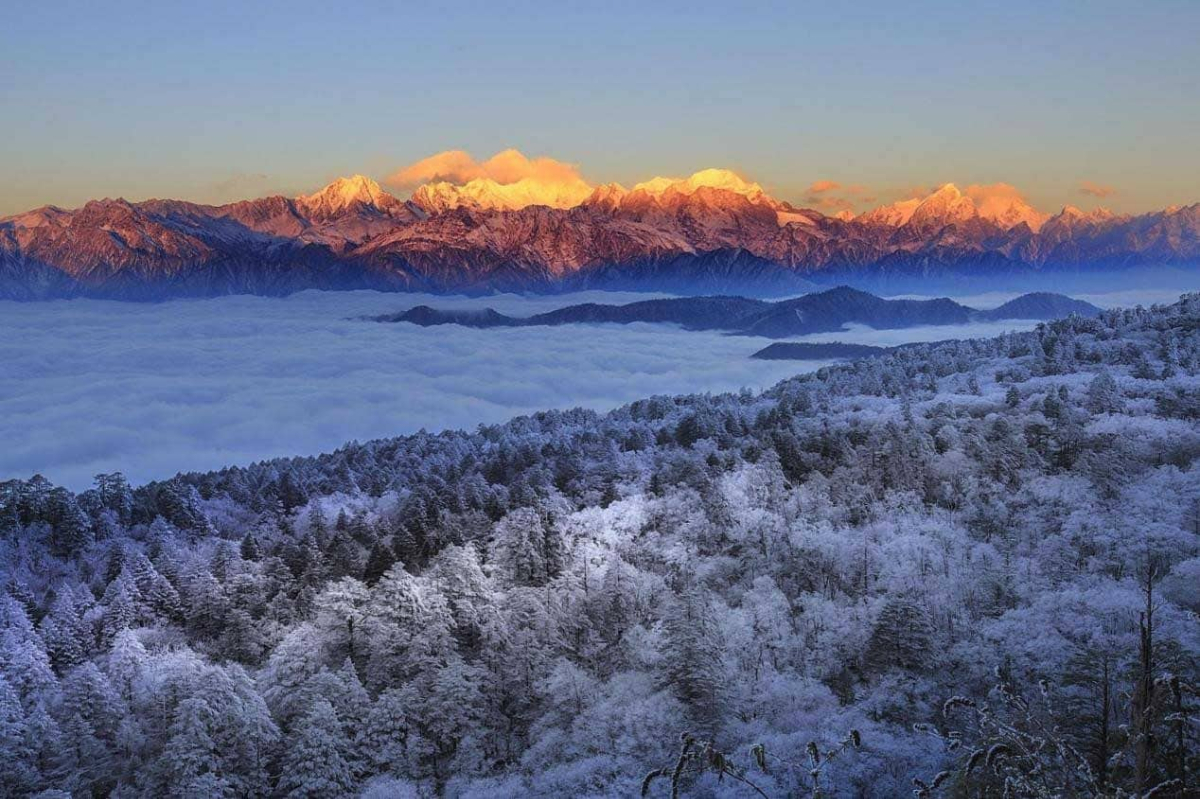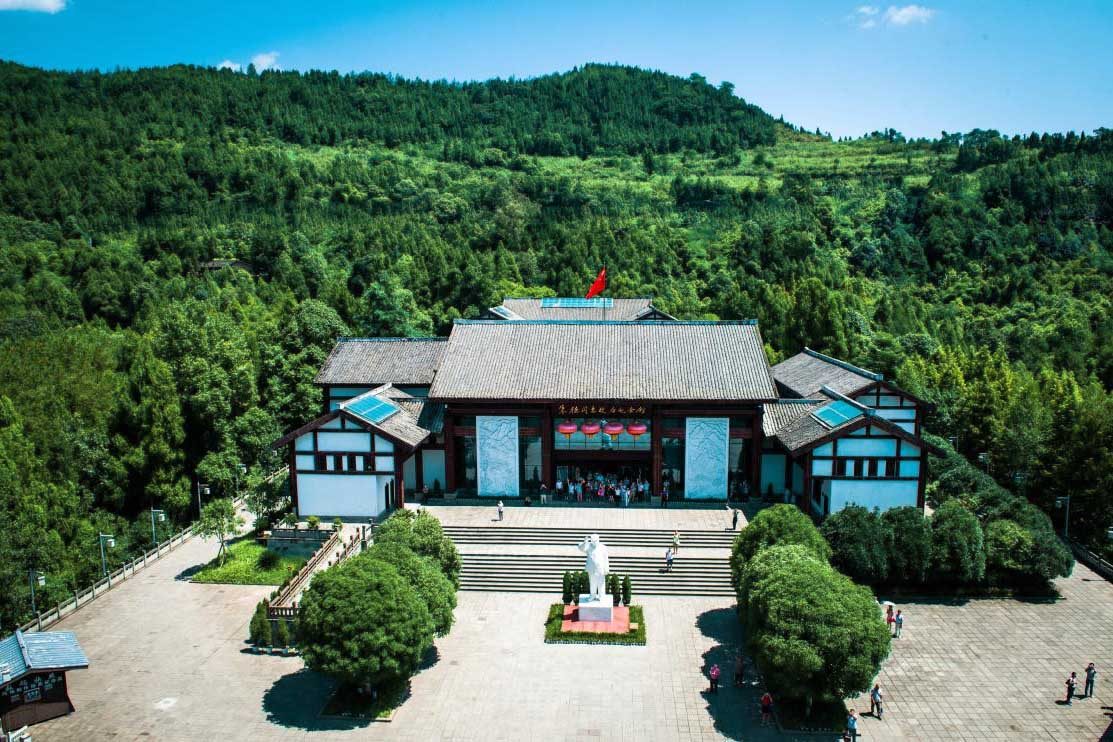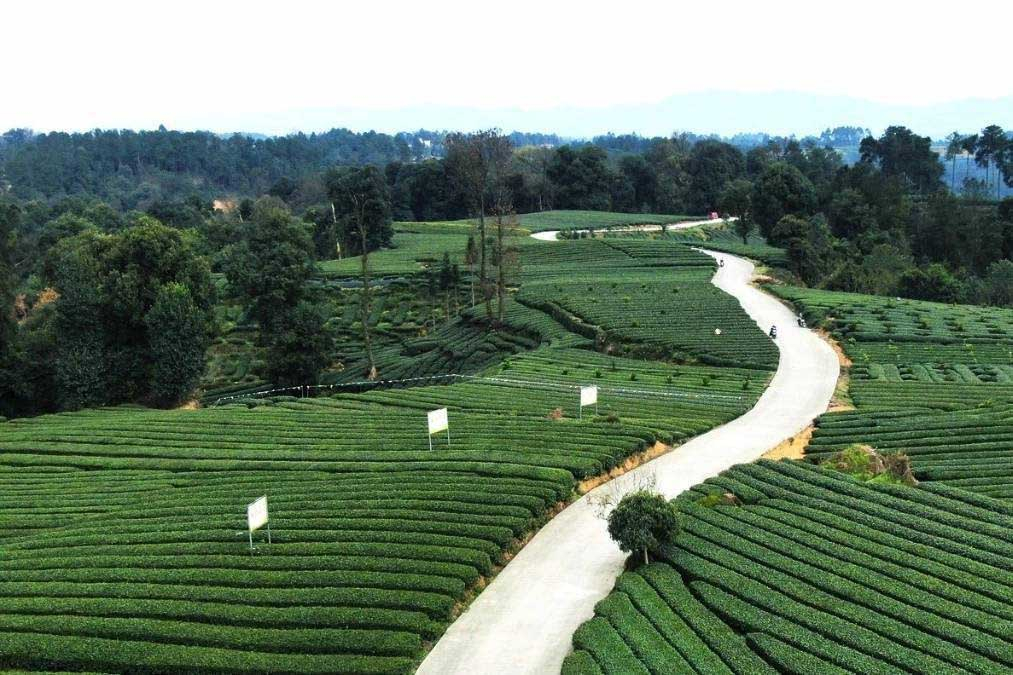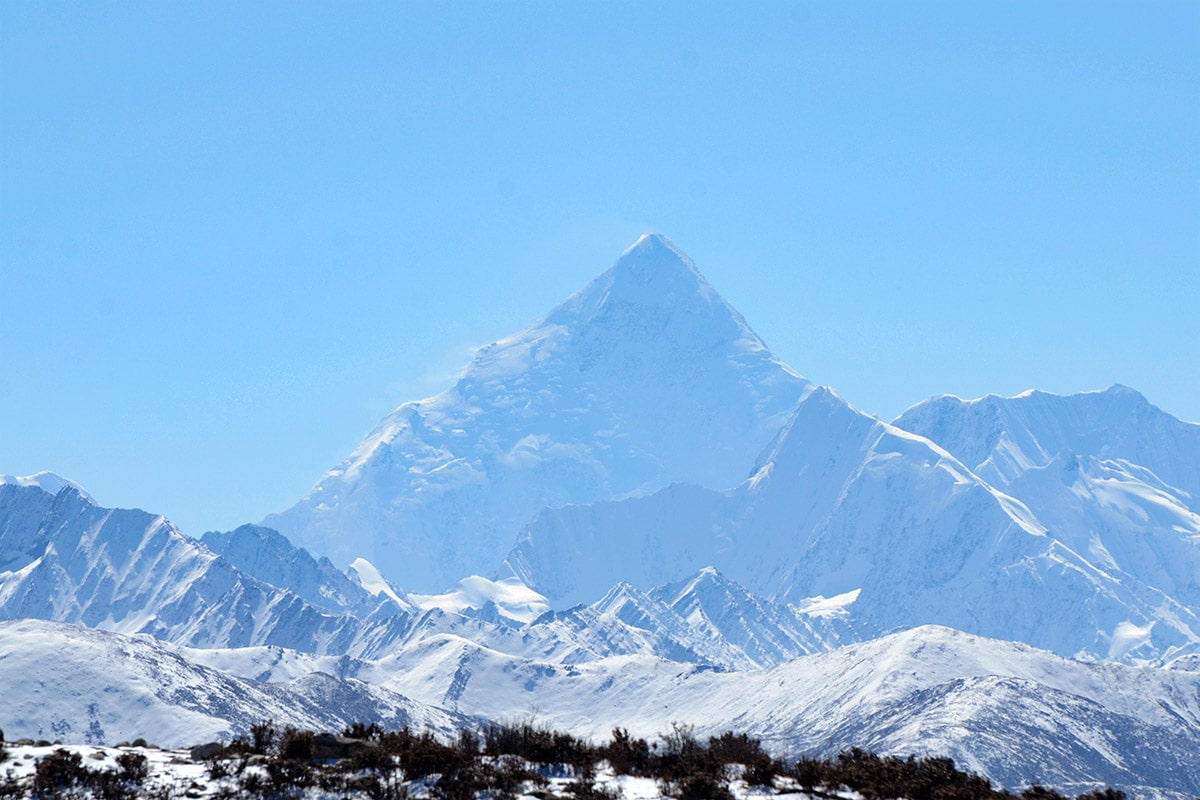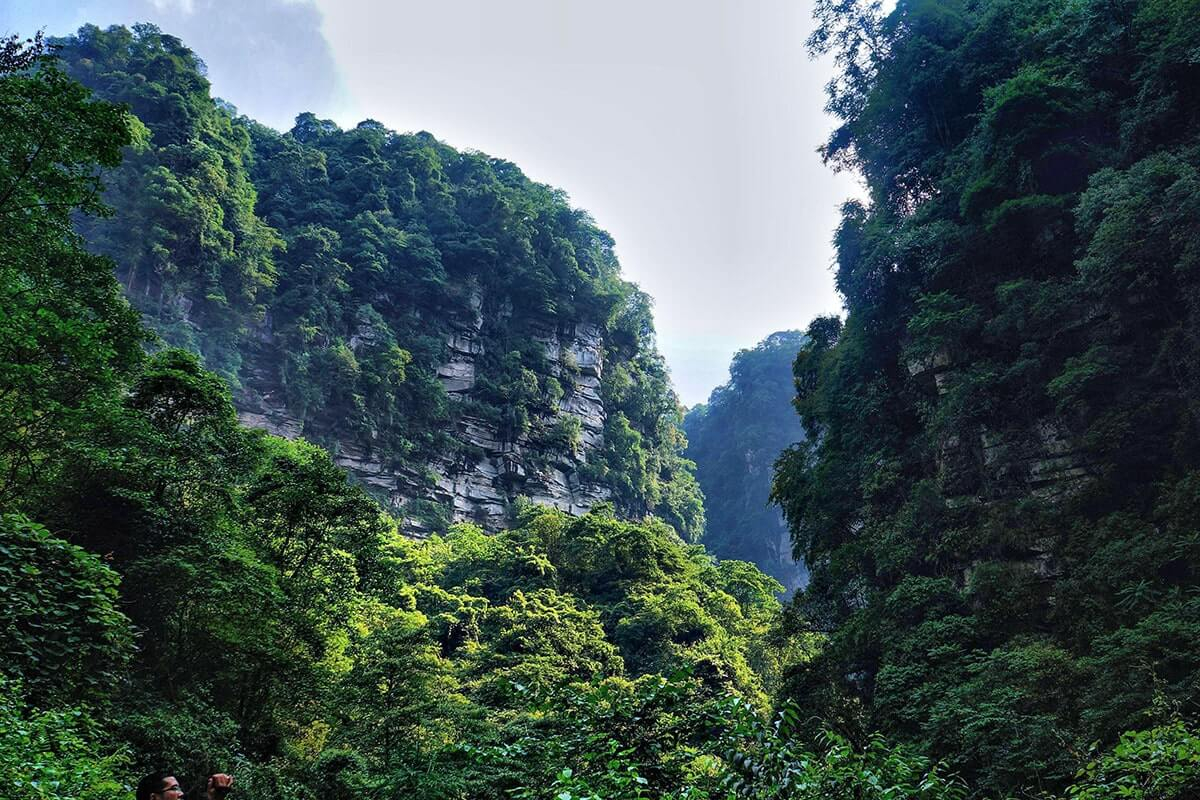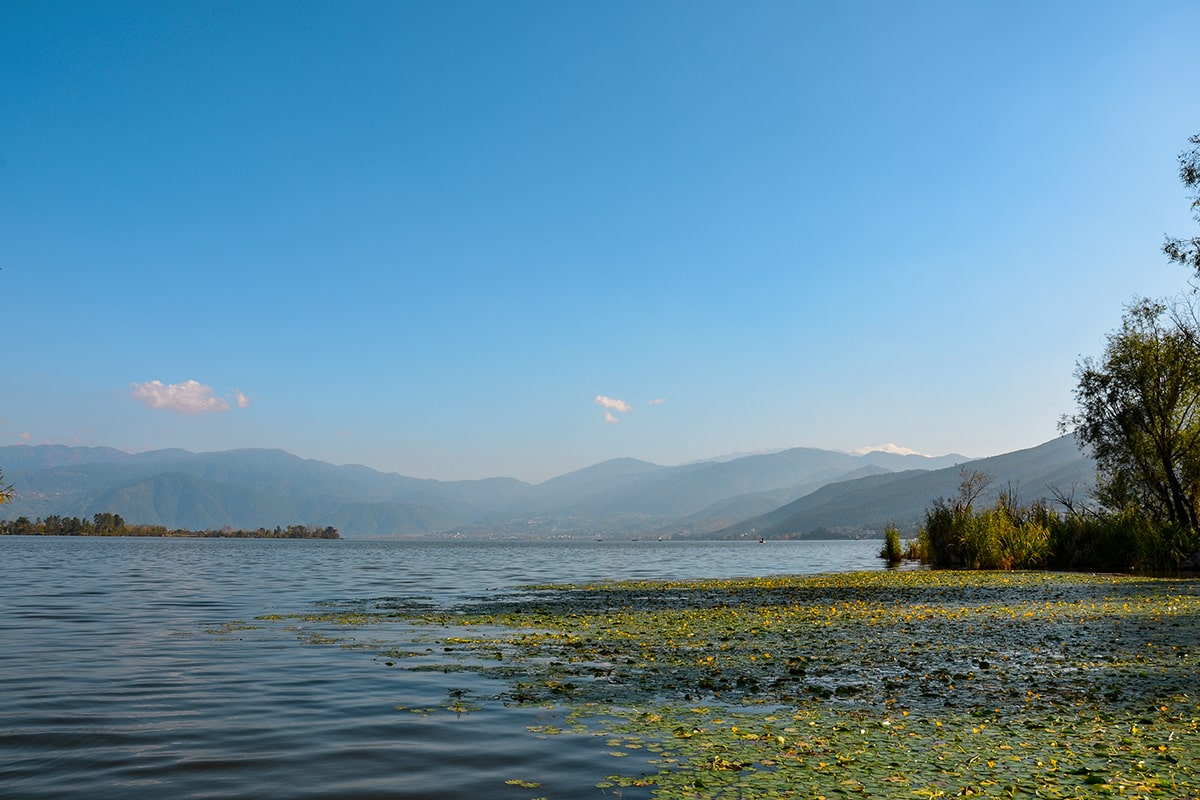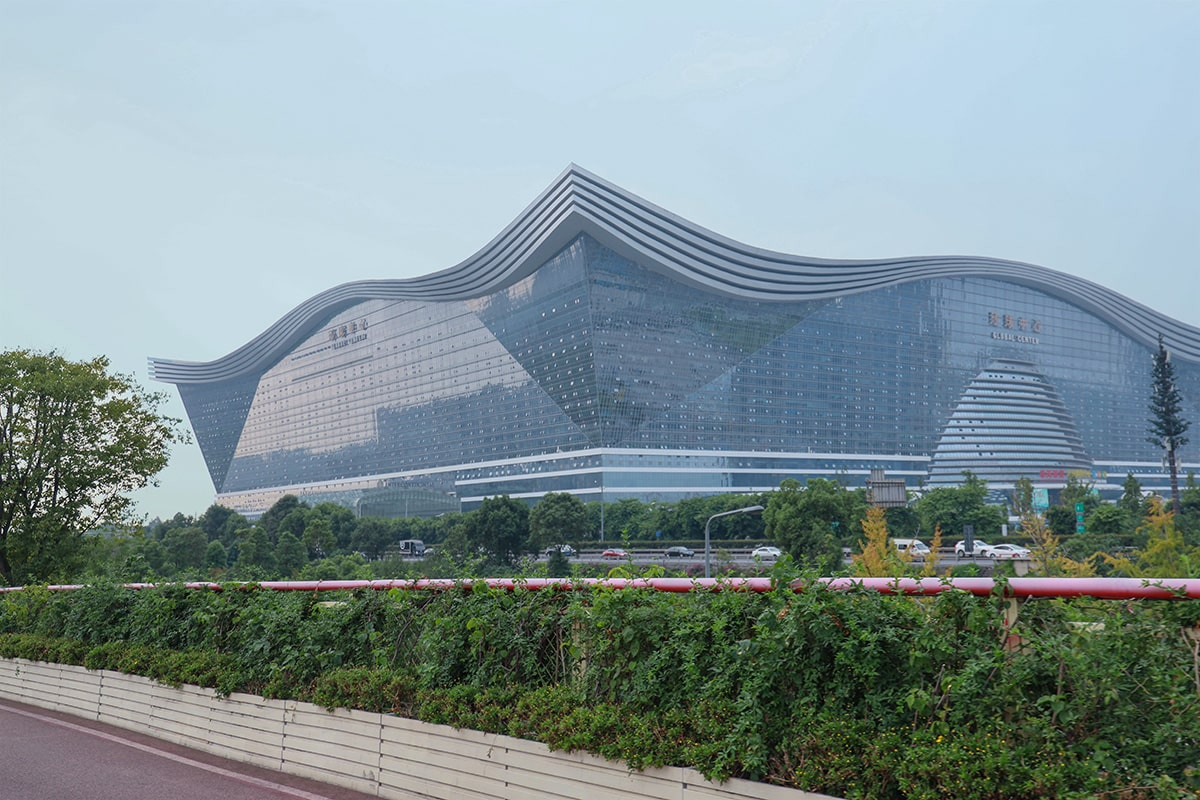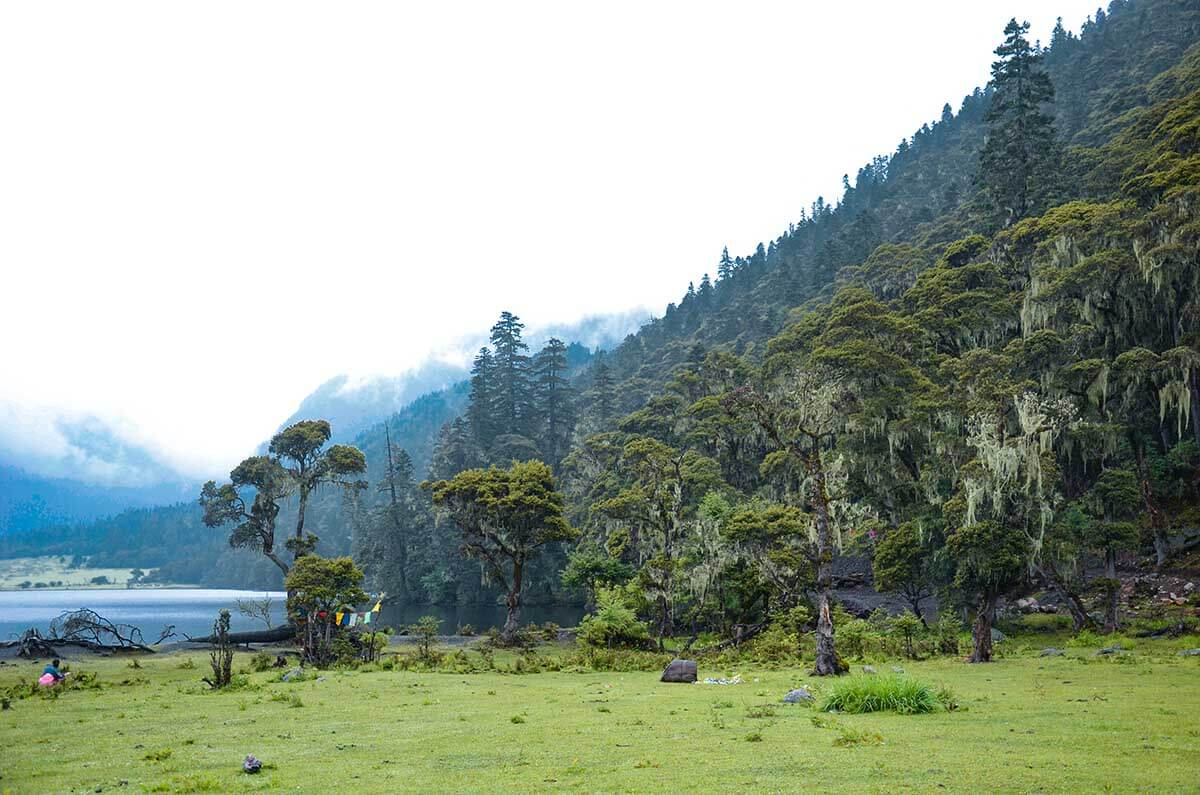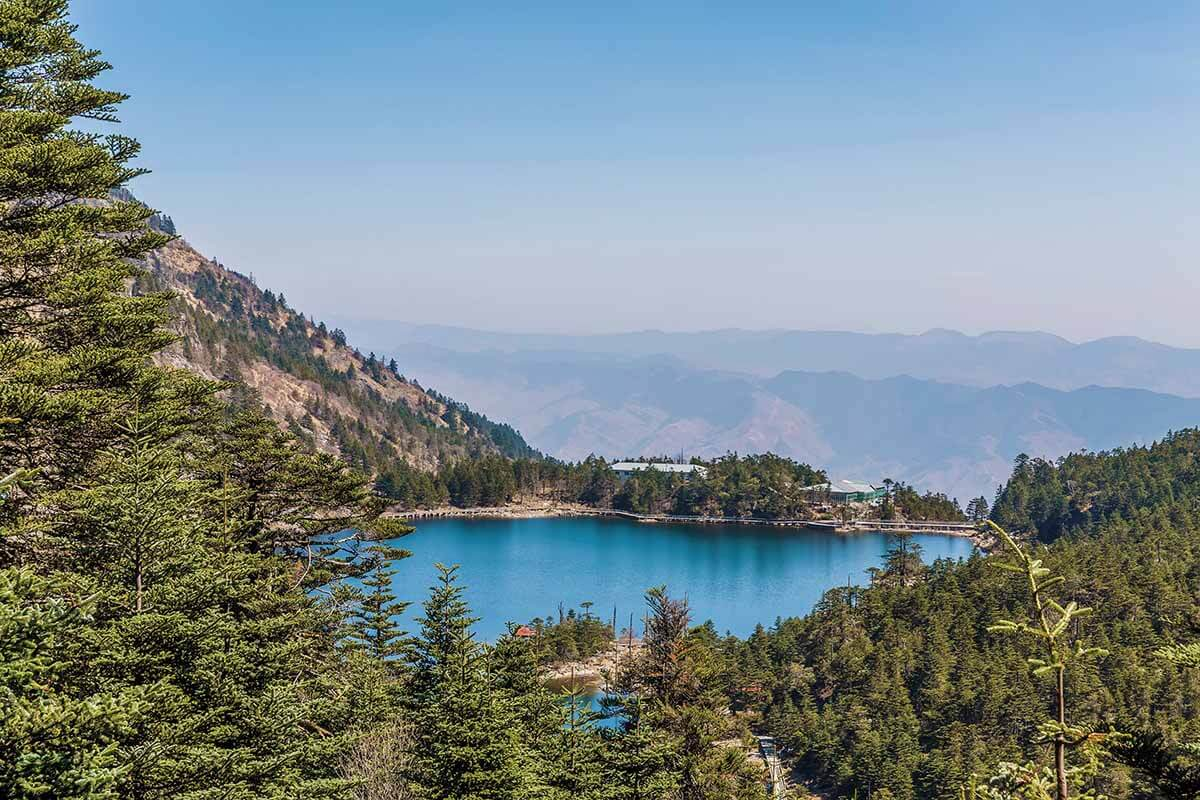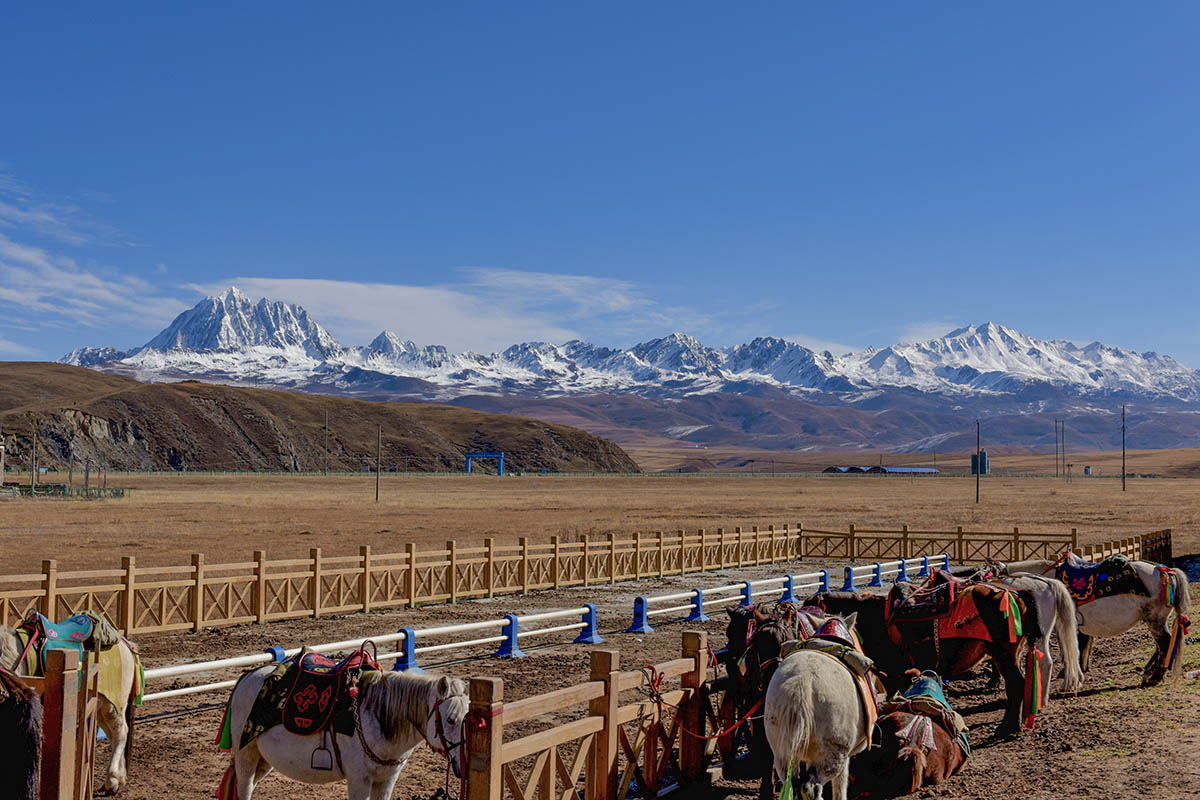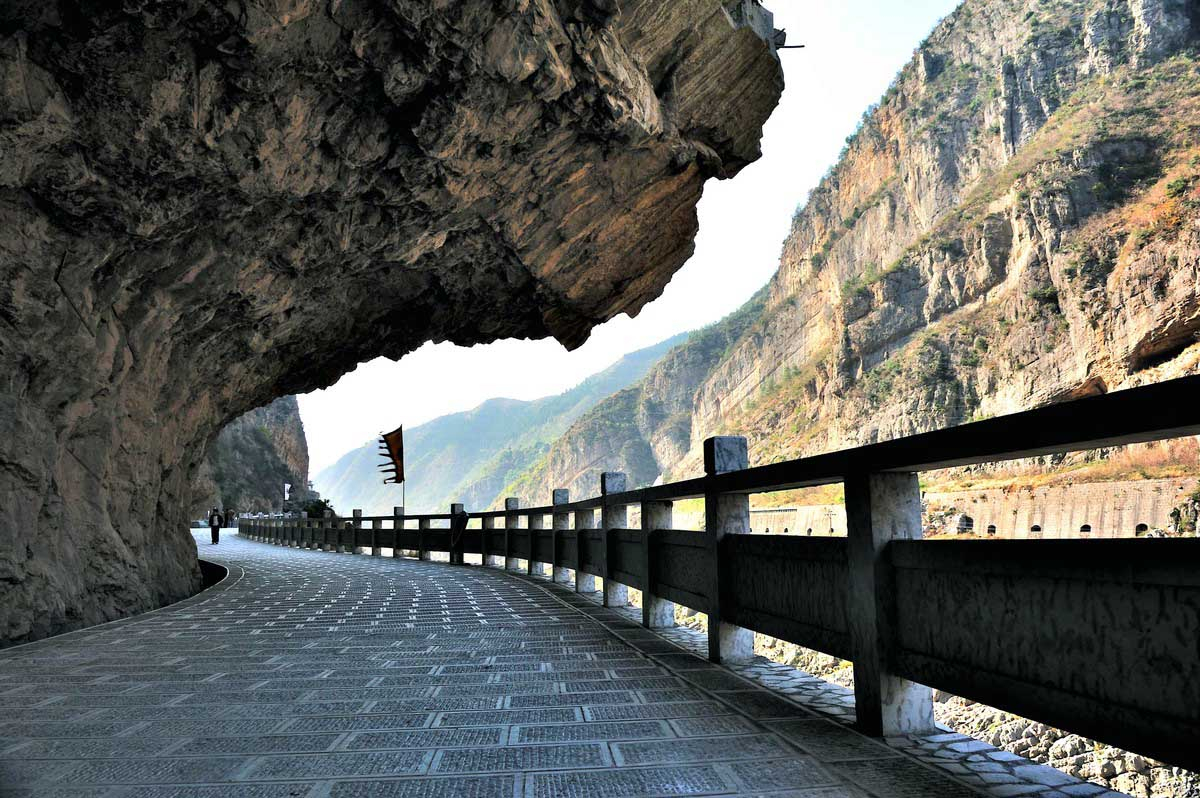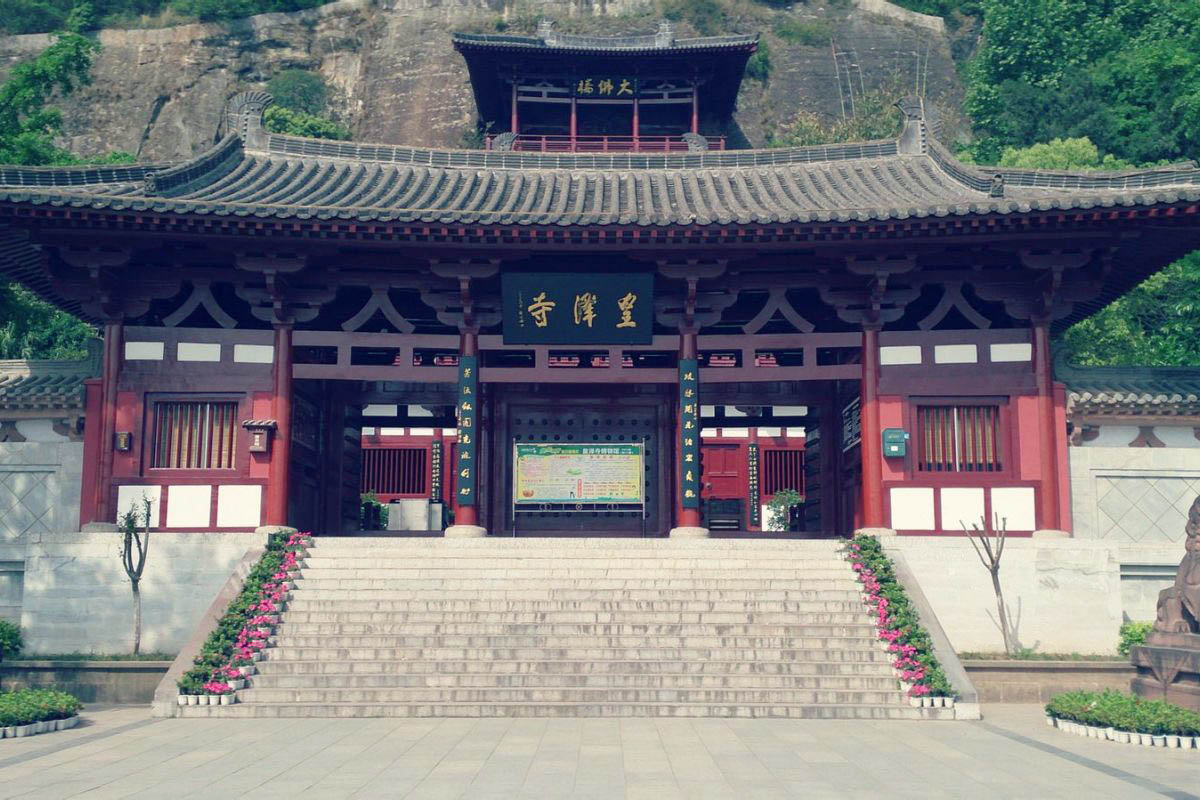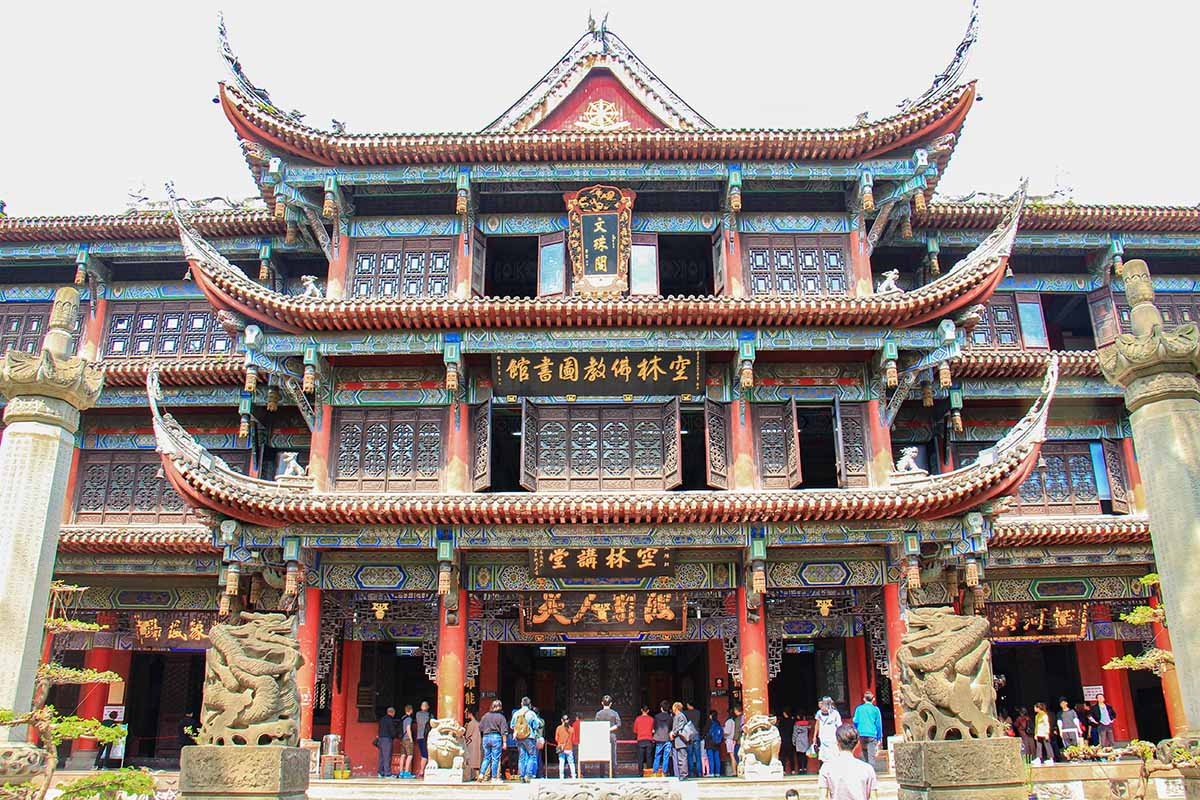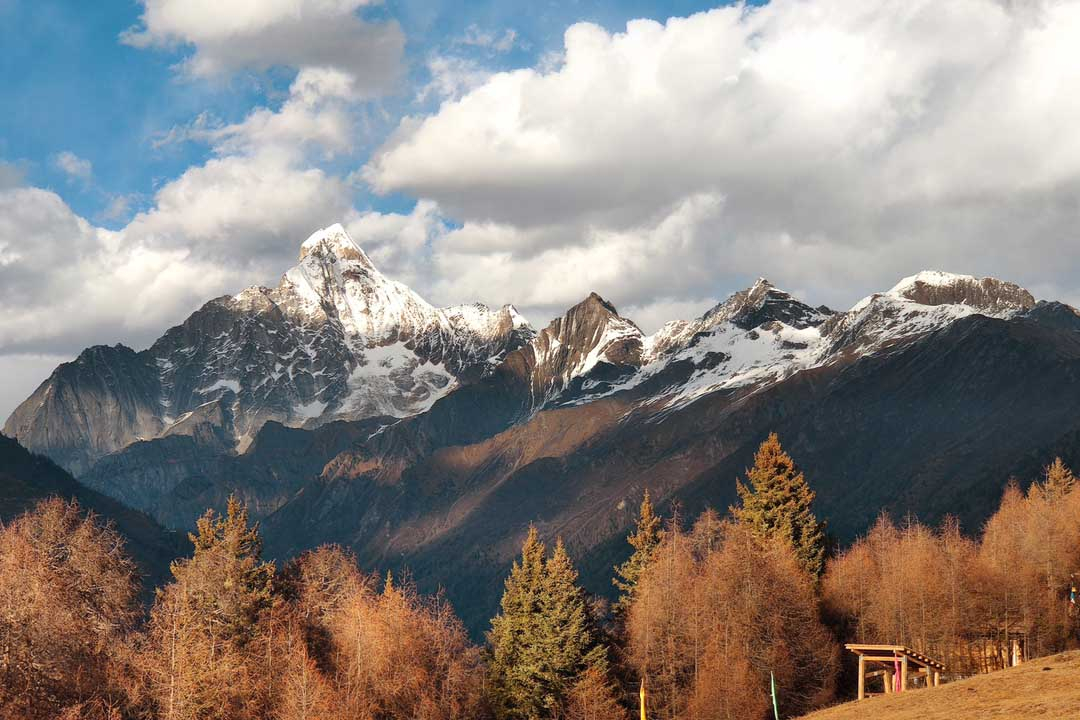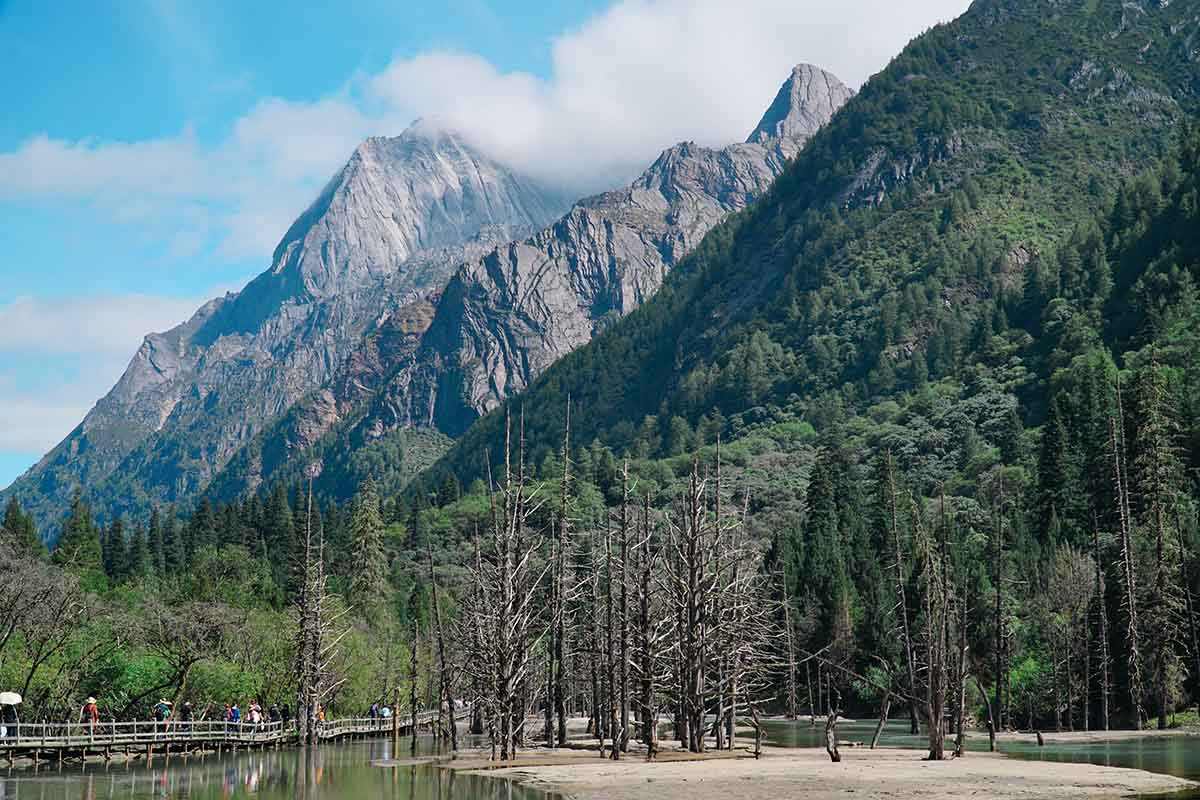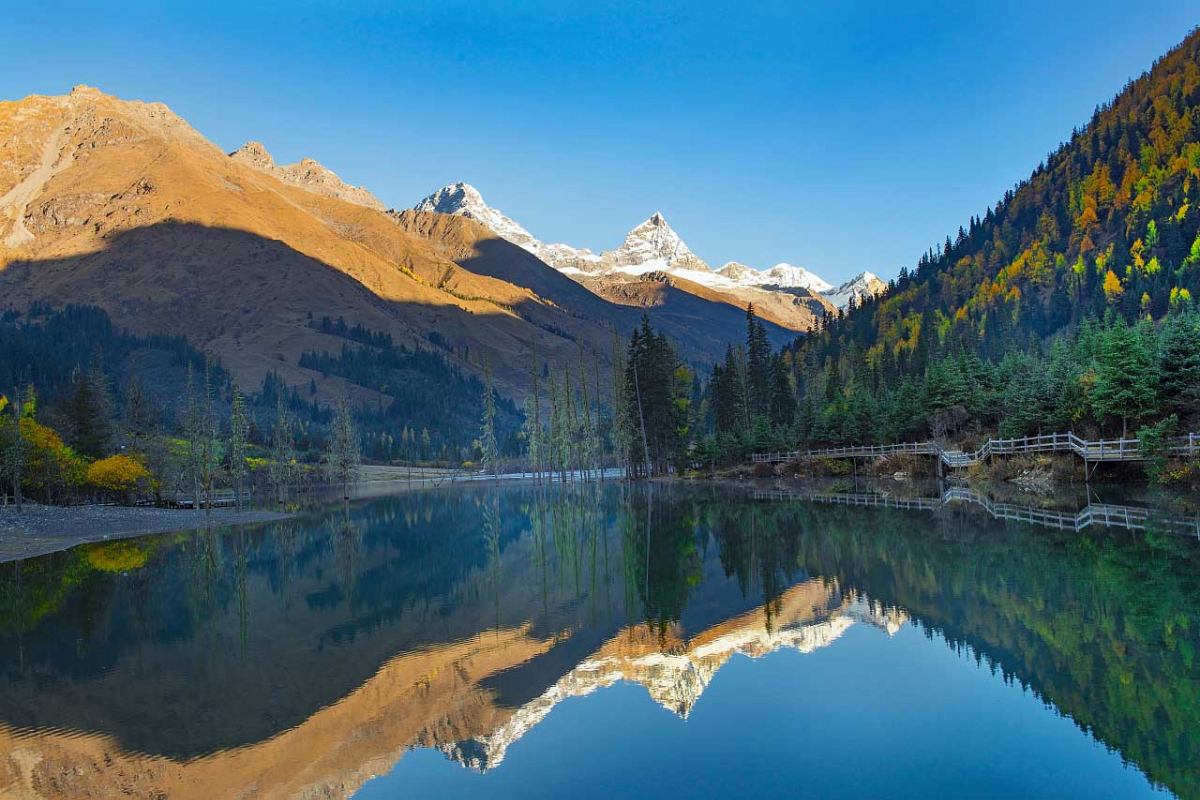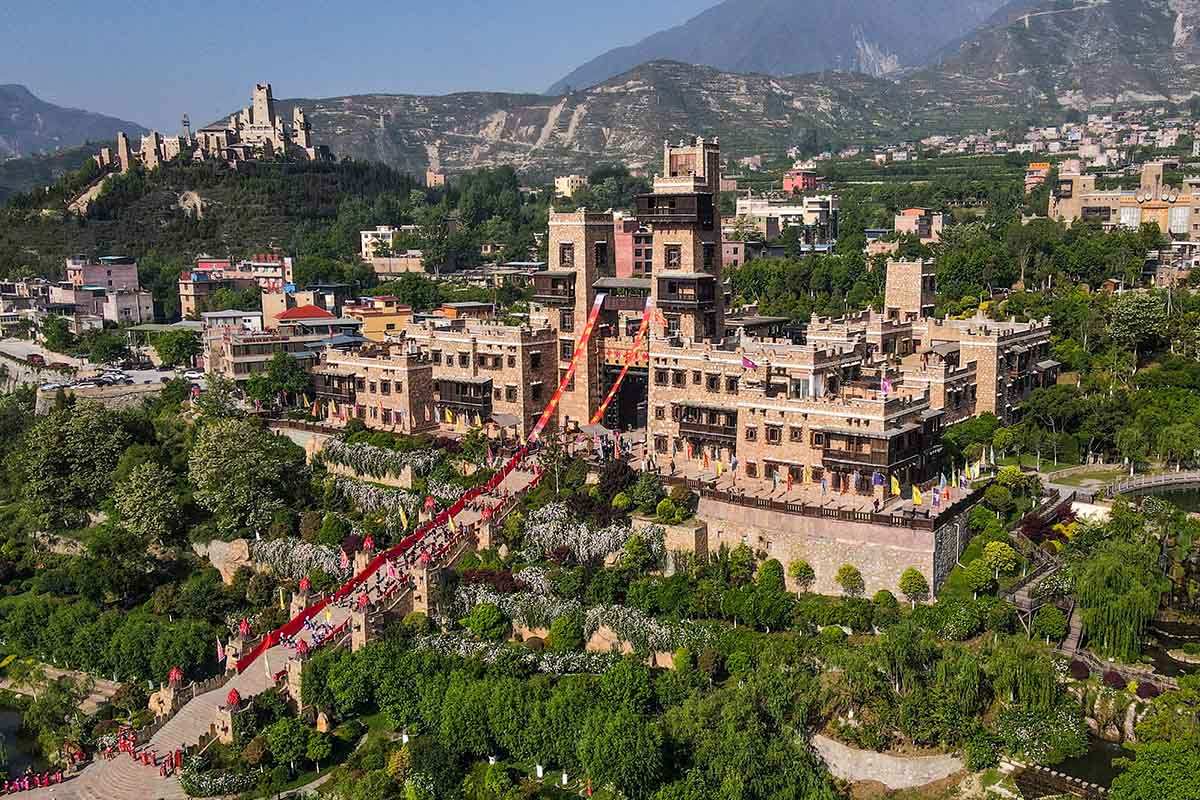Tangjiahe National Nature Reserve
Chinese Name: 唐家河国家级自然保护区 (Tang Jia He Guo Jia Ji Zi Ran Bao Hu Qu)
Location: Qingxi Town, Xingchuan County, Guangyuan City, Sichuan Province
Ticket: Entrance ticket CNY55.00, sightseeing bus CNY60.00
Estimated tour time: 3-4 hours
Recommended time to visit: All year round.
Nearby attractions: Qingxi Town, Baoen Temple in Pingwu County, Donghekou Earthquake Site Park, etc.
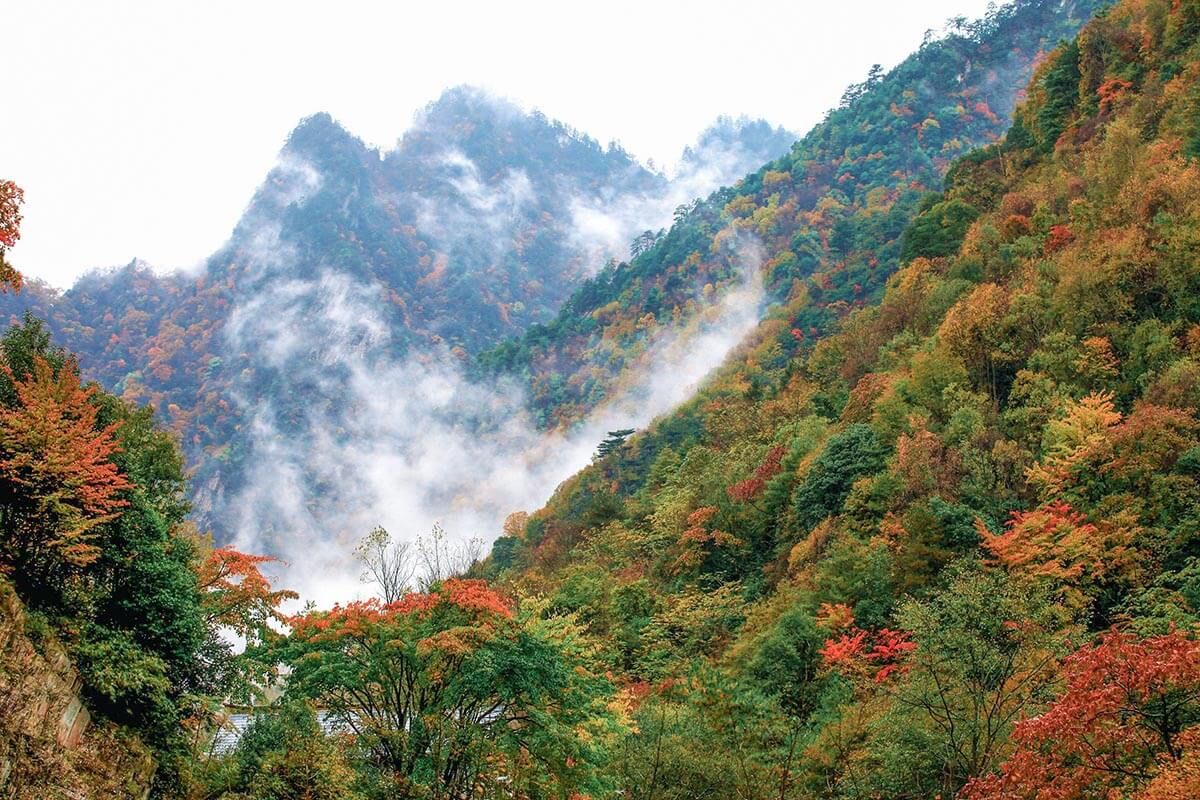
Tangjiahe National Nature Reserve is located in Qingchuan County, Guangyuan City, Sichuan Province, adjacent to Qingchuan Dongyanggou Provincial Nature Reserve in the east and Pingwu County in Mianyang City in the west. Covering an area of 40,000 hectares, it was established as a provincial level nature reserve in 1978 and promoted to a national level reserve in 1986. Its main protection objects are giant pandas and forest ecosystems.
Tangjiahe National Nature Reserve is located at the northeast foot of Minshan Mountain and the high mountain valley area of the north section of Longmen Mountain. The highest peak is 3837 meters above sea level and the relative elevation difference is more than 2400 meters.
The topographic conditions are quite complex. The area is rich in animal and plant resources, including the key protected plants of the state, such as Davidia involucrata, Davidia involucrata, and Davidia involucrata. There are more than 20 kinds of animals under state protection, such as giant panda, golden monkey, takin, clouded leopard and greentail pheasant.
In January 2015, it was selected into the first batch of the International Union for Conservation of Nature (IUCN) Green List.
Tangjiahe National Nature Reserve is the best place for the living fossil giant pandas, an important part of the main habitat of the giant panda in the Minshan Mountains. Forming both ancient and complex flora and fauna, the natural ecosystem and forest vegetation are well preserved, the area is rich in biological resources, the degree of biodiversity is very high.
Tangjiahe National Nature Reserve is rich in cultural landscape, and there are many passes and fortifications, which are easy to defend and difficult to attack. During the Three Kingdoms period (184-220AD), it was the stronghold of the Shu Kingdom(221-263AD). There are a lot of historic sites and legends on the ancient Yinping Road.
Qingchuan County has been a place where the Qiang, Di, Han and Tibetan people live together since ancient times. There are Han, Hui(muslim) and Tibetan people in Qingxi Town. Folk customs have their own characteristics, such as drum, folk songs, cattle songs, lion dances and dragon lanterns, etc. Food culture is very rich as well.
The majority of the minorities in Qingxi are Hui(muslim). The Hui people mainly eat beef and mutton (they don't eat pork), and have the custom of drinking tea, and are good at raising cattle and sheep. There is a mosque in Qingxi Town.
Tangjiahe National Nature Reserve is located in the high mountains and deep valleys of the Minshan Mountains on the edge of the Sichuan Basin. There are five zonal patterns in the area: mountain evergreen broad-leaved forest, mixed evergreen broad-leaved and deciduous broad-leaved forest, mixed coniferous and broad-leaved forest, subalpine coniferous forest, alpine shrub and meadow etc. There are 2,422 species of higher plants. Among them, there are more than 10 species of endangered trees, such as Davidia involucrata and Davidia involucrata.
There are more than 50 kinds of precious Chinese medicinal herbs. Flowering plants begin to appear in mid-March.
From April to May, grass and wood plants grow rapidly. The wildebeests come down to the valley to forage or gather in the forest. Golden monkeys descend to birch forest areas to feed on buds.
In June and July, flowers bloom, bees and butterflies fly in the river valleys, wildebeests return to the virgin forests and alpine meadows, golden monkeys move to the high-altitude coniferous forests. In August black bears move down to the valley to forage for fruit.
Autumn comes in September when the leaves turn red and the colors become intense in the next month. In mid-October, leaves leaves wither and fall and snow falls on the high mountain.
In the middle of December, when snow falls heavily, black bears go into hibernation, However, giant pandas roam the slopes throughout the winter to feed on frozen arrow bamboo.
- HOTEST
- RECOMMEND

